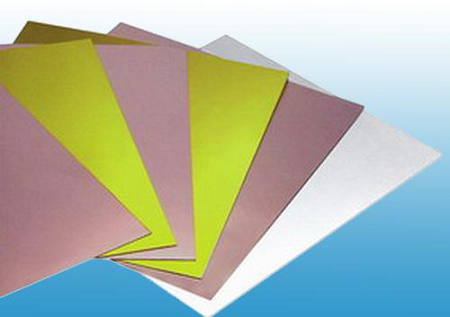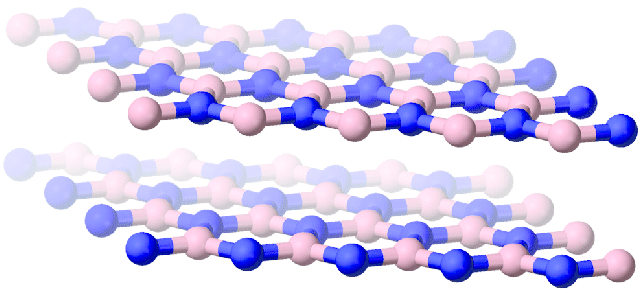Which Inorganic Powder Filler Will Win in the 5G Copper Clad Markets?
5G, the full name of which is the fifth-generation mobile communication standard, the advent of the 5G era means the upgrading of the electronic information industry, and the copper-clad industry market closely related to it will be gradually upgraded.
In order to meet the demand for high frequency and high-speed circuits in the 5G era, the performance of 5G copper clad plates has to be improved. The fact that the properties of the copper-clad sheet are effectively improved by the addition of inorganic filler is highly concerned, which makes the position of inorganic filler more and more prominent. Inorganic filler has gradually become the fourth largest raw material of the copper clad plate and also has a place in 5G copper-clad plate market.

Why is inorganic filler so important in 5G copper clad plates?
* Reduce the production cost of 5G copper clad plates
Fillers have the capacity (volume) effect, and the use of lower price inorganic fillers instead of part of the expensive resin can reduce production costs and improve market competitiveness.
* Improve the performance of 5G copper clad plates
With the development of the electronics industry, the electronic components loaded on the copper clad plate are highly integrated and reliable, and more and more heat is distributed per unit area, then the heat dissipation performance of 5G copper clad plates is required. The thermal conductivity of 5G copper clad plates can be improved by adding inorganic filler with high thermal conductivity.
* Improve the production process of 5G copper clad plates
The addition of inorganic filler can control the viscosity of the adhesive, reduce the fluidity of the semi-solidified sheet and improve the production process of copper clad plates. Besides, it can also reduce the flow glue in the subsequent compaction process, as well as improve the evenness of the sheet thickness and the flatness of the appearance, so as to produce 5G copper clad plates with ultra-low roughness and good uniformity of thickness.
Types of inorganic filler used for 5G copper clad plates
1. Silica powder
The insulating layer of 5G copper clad board filled with silicon powder is transparent, and all kinds of silicon powder will reduce the reactivity and fluidity of the resin system, and improve the rigidity of the board, moisture resistance and toughness. Spherical silicon powder, due to its own characteristics, can reduce the thermal expansion coefficient of 5G copper clad plates, improve the electrical performance of 5G copper clad plates, and enhance the heat resistance, as well as improve the drilling process, improve the molding.
![]()
2. Aluminum hydroxide
As a flame retardant, aluminum hydroxide can reduce the decomposition of the surface of the material and the formation of carbon particles, so as to significantly improve the flame retardancy of the material and reduce the thermal expansion coefficient and water absorption of the plates.
3. Spherical alumina
Due to its high filling, high heat conductivity and low wear, spherical alumina can effectively improve the thermal conductivity of 5G copper clad plates, accelerate heat dissipation, and reduce its dielectric constant and thermal expansion coefficient.
4. Titanium white powder
Titanium white powder can change the color of the copper clad insulation layer and improve the whiteness, so it can be used to produce chip-based LED white copper clad panels.
5. Aluminum nitride
Aluminum nitride has good thermal conductivity, low thermal expansion coefficient, good electrical insulation, and dielectric properties, which can effectively improve the thermal conductivity and various electrical properties of the sheet.
6. Hexagonal boron nitride (H-BN)
Hexagonal boron nitride has low friction coefficient and expansion coefficient, good high-temperature stability, thermal shock resistance, strength, and thermal conductivity, as well as high resistivity and corrosion resistance, which can improve and improve the performance of the plate.

7. Silicon carbide
Silicon carbide has high thermal conductivity and low thermal expansion coefficient, which can effectively improve the thermal conductivity of 5G copper-clad plate and reduce its thermal expansion coefficient.
8. Other inorganic powder filler
Other inorganic powder fillers such as talcum powder, mica powder, bromite, etc., can be properly filled, reducing the cost of materials.
Growing trend
In order to meet the development demand of 5G communication market, copper clad plates must be constantly upgraded. As a 5G copper-clad plate, it is not only necessary to have a stable low loss and low dielectric constant, ultra-low copper foil roughness, but also to ensure sufficient peeling strength and good thickness uniformity. Besides, it also needs the characteristics of small impedance variation, higher heat resistance reliability, good PCB (printed circuit board) processing technology. Therefore, only the inorganic filler that improves the function, reliability, and stability of the copper clad sheet can survive in the 5G copper clad plates market.









